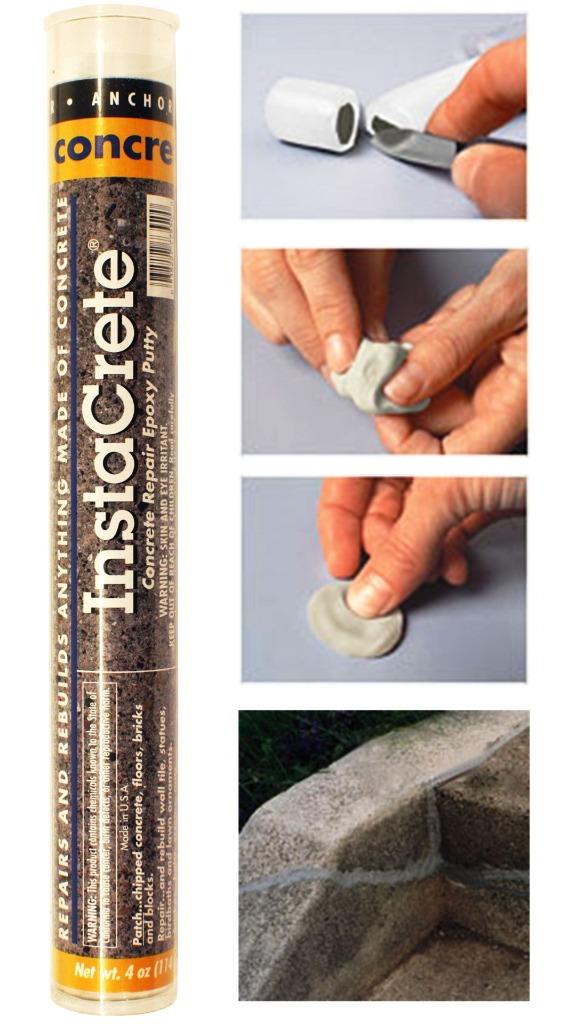

This makes for low levels of viscosity, good weather resistance, low dielectric constants, and high Tg. They have a defined aliphatic structure, high oxirane content, and absence of chlorine. Cycloaliphatic epoxides feature one or more aliphatic ring in the molecule containing the oxirane ring. These types of epoxy resins are produced either as a result of double bond epoxidation (involving cycloaliphatic epoxides and epoxidized vegetable oils) or reaction with epichlorohydrin (glycidyl ethers and esters). This variety of epoxy resin has the lowest molecular weight. It is produced as a result of the reaction of bisphenol-A on contact with epichlorohydrin in the presence of a basic catalyst. Bisphenol Epoxy Resinsīisphenol-A diglycidyl ether (DGEBA) is a commonly used variety of commercial epoxy resin. Glycidyl-ether epoxies are the most commonly used, particularly those of the bisphenol and novolac variety. The non-glycidyl variety will either be aliphatic or cyclo-aliphatic. Glycidyl resins come under the subcategories of glycidyl-ether, glycidyl-ester, and glycidyl-amine. What are the Different Types of Epoxy Resin?Įpoxy resin will fall under two principal categories - glycidyl or non-glycidyl. Alternatively, a respirator may be worn if you are unable to achieve a good level of ventilation.īrowse some of the PPE you may need when using epoxy resin below:

EPOXY PUTTY WINDOWS
This may be achieved by opening the windows or switching on the ceiling fan in your work area. Lastly, it’s important to ensure that there is sufficient ventilation whenever you are working with epoxy resin. Medical attention should be sought at the earliest opportunity.

If there is any contact with the eyes, you should flush repeatedly with water for a period of 15 minutes and avoid rubbing. You are also advised to wear safety goggles to protect your eyes. Exfoliant is a particularly effective option for removal.Ī plastic apron should be worn, allowing any spilt resin to be easily removed. Any remaining resin can be removed with a mixture of soap and water. Baby wipes may be used to remove resin that does come into contact with the skin.
EPOXY PUTTY SKIN
Nitrile gloves are recommended as they are quite unlikely to react upon contact with the skin or resin. There is a variety of safety precautions that should be taken into account when using epoxy resin.įirstly, you should wear gloves to protect your hands against exposure to the resin and hardener liquids.


 0 kommentar(er)
0 kommentar(er)
